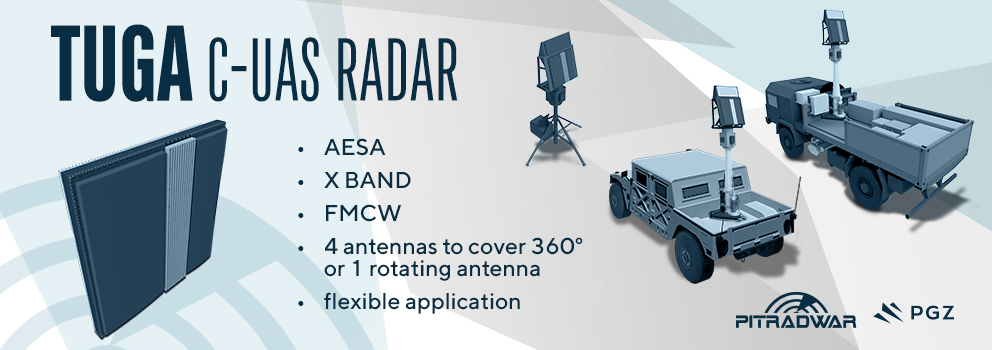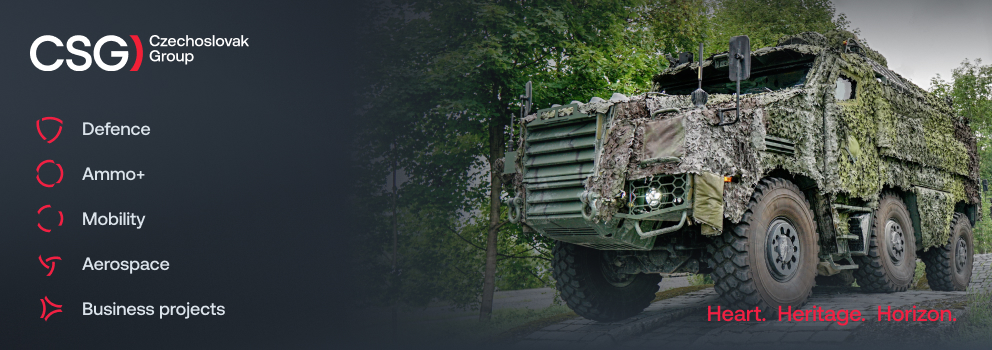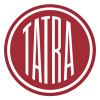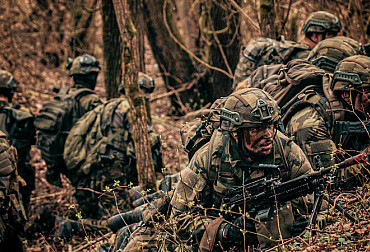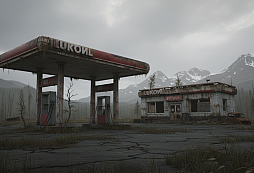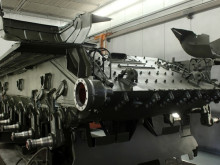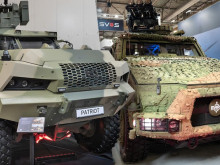Europe defence awakening: Czechia and the EU adapt to changing security landscape
The war in Ukraine, changing attitudes toward US security guarantees, pressure for EU strategic autonomy, and the need to modernize outdated technology—all these factors have significantly altered the European Union's security policy. One of the most striking manifestations of these changes is the increase in defense spending across all member states.
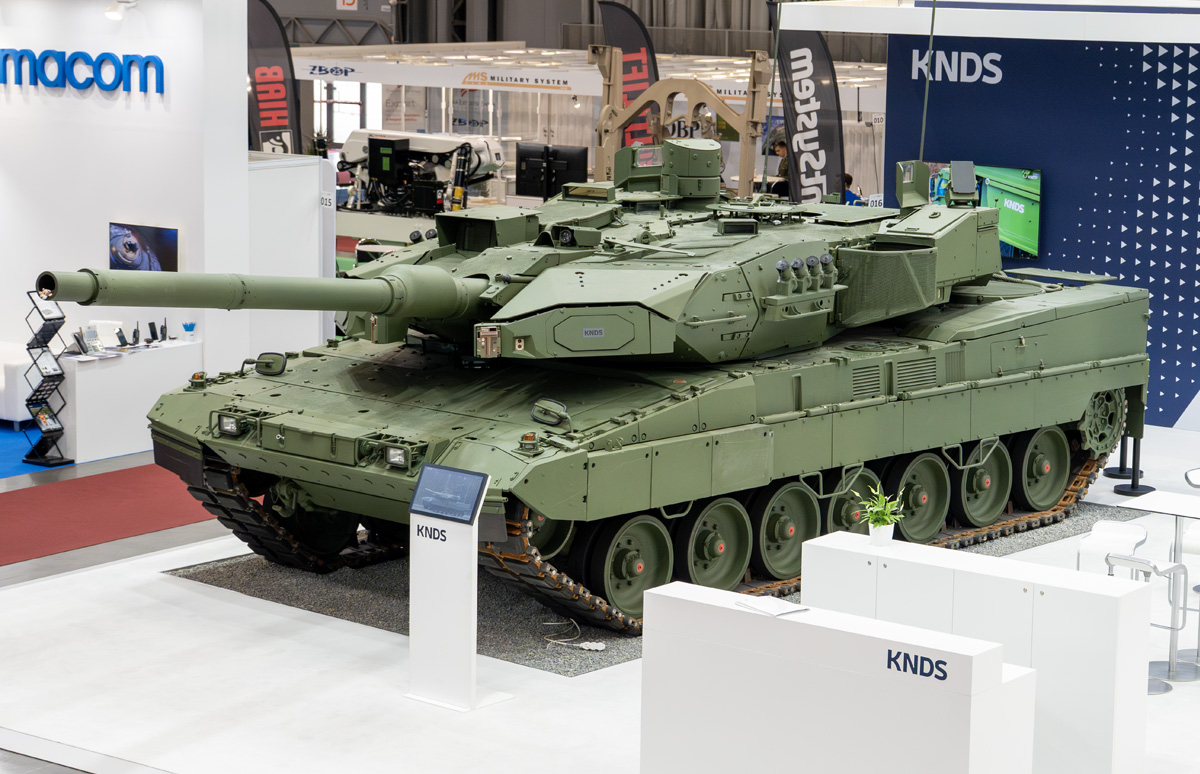
According to the latest annual report of the European Defence Agency (EDA), EU member states' spending reached a record high of €343 billion in 2024, up 19% from the previous year. Spending accounted for 1.9% of EU GDP.
In its report, the EDA also pointed out that in 2024, for the first time in history, investments (expenditure on equipment, technology, research and development) exceeded €100 billion, representing 31% of total defense spending. This is a fundamental change from the past, when operating expenditures (energy, salaries, maintenance) overwhelmingly prevailed over investments.
Technology purchases increased by 39% year-on-year to approximately €88 billion. Research and development expenditures increased by around 20% to approximately €13 billion. Defense spending in the EU is expected to reach €381 billion in 2025, slightly exceeding 2% of GDP. These figures show not only an increase in spending in absolute terms, but also a shift in structure—more capital expenditure, more investment in future capabilities.
Regional differences and key players
The growth in spending is not uniform. There are significant differences between countries in both absolute amounts and as a percentage of GDP. Eastern Europe (Poland, the Baltic states) and Finland are among the countries with the highest percentage of GDP spent on defense. These countries are responding directly to the security pressure of Russia's proximity. In contrast, some Western European countries are growing more slowly, even though their absolute spending is significant. Take Spain, for example, which is currently facing the wrath of Donald Trump and his calls for this Western European country to leave NATO.
In 2024, 25 of the 27 member states increased their spending in real terms; 16 states by more than 10% each. Germany, France, Sweden, Poland, and others are becoming leaders not only because of the size of their economies, but also because of their ambitions to modernize their armies. These regional differences are not only strategically important, but also politically significant—they are a source of debate in the EU about solidarity, burden sharing, and the effectiveness of investments.
Czech Republic: where it stands in this trend
After a long period during which Czechia operated with significantly lower percentages of GDP, in 2024 it finally fulfilled its commitment to spend at least 2% of GDP on defense. A total of CZK 177.1 billion was allocated to defense, with actual spending amounting to CZK 166.8 billion, representing 2.09% of GDP according to the Ministry of Finance's November estimate. Previously, however, Czechia was well below the desired two percent threshold.
In 2023, President Petr Pavel approved an amendment to the law stipulating that Czechia must allocate at least 2% of GDP to defense in its budget from 2024 onwards. In March 2025, Prime Minister Fiala's government announced a plan to gradually increase defense spending to 3% of GDP by 2030, with an annual increase of approximately 0.2% of GDP from 2026.
Czechia is investing significant resources in modernizing its technology and infrastructure: one of the largest acquisition projects in recent years—orders for F-35 fighter jets. This has led to a significant increase in capital expenditure. The financing of strategic projects is now regulated by the Defense Financing Act, which allows for more stable planning and allocation of funds, even for costly items of a more long-term nature.
Benefits, risks, and economic implications
Higher defense spending can be both stimulating and burdensome for the EU economy and member states. Firstly, it is important to mention the stimulation of domestic industry: the production of weapons, ammunition, defense technology, new infrastructure, and research development. Secondly, there is growth in employment in the defense sector and related industries, which can have local and regional significance in EU member states.
On the other hand, it is necessary to point out the negative factors that affect public budgets. For example, during a slowdown in economic growth, inflationary pressures, or unexpected expenditures (e.g., humanitarian crises), increasing spending is challenging. Maintaining fiscal stability is particularly difficult in countries with higher public dept. In the Czech context, the goal of increasing spending to 3% of GDP by 2030 is ambitious but realistic only if annual budget growth is well planned, public procurement controls are strengthened, and inefficient spending is minimized.
However, it is also important to mention the risks of inefficient spending. Market and standards fragmentation: each country has its own requirements, technical standards, and sometimes even its own supplier diversification "policy," which can slow down acquisitions and lead to duplication or unnecessary spending. Dependence on imports vs. development of domestic industry: if most of the technology or components are imported, accumulated investments can lead to a deficit in local industry. Operating vs. capital costs: equipment must be maintained, operated, repaired, and personnel trained—if these items are not properly planned, capital expenditures can be "swallowed up" by high operating costs.
Finally, there are political and social aspects. Growth in military spending must be supported by public opinion – its purpose and benefits must be presented transparently. Without this, there is a risk of resistance, especially if citizens perceive that spending is going on armaments while social or health services suffer. Changes in government and differences between parties in their attitudes toward defense policy can lead to inconsistencies in the implementation of plans (for example, differences in how quickly to increase spending to 3% of GDP). International pressure and commitments: NATO membership, EU initiatives, international agreements—all of these create pressure, but also opportunities for cooperation. International competition for suppliers and contracts is also significant—countries compete not only for security, but also for economic benefits.
Possible scenarios until 2030
Based on current trends, several possible paths can be identified for EU/Czech defense spending. The first is sustainable growth and modernization. A gradual increase in spending in Czechia towards 3% of GDP, as planned (0.2% per year from 2026). If this happens, the Czech armed forces could significantly improve their capabilities.
The second option is strategic coordination: coordinating purchases in the EU, sharing research and development, joint projects for interoperability—this will help save money, reduce duplication, and speed up deliveries. Greater use of EU defense funds (EDF), joint PESCO or CARD projects to spread the cost across more countries. And finally, unsustainable ambitions: if the economic situation deteriorates (crisis, decline in GDP, high inflation), it may be difficult to maintain the planned annual increases in spending. Inefficiency and bureaucracy can lead to a loss of public confidence.
